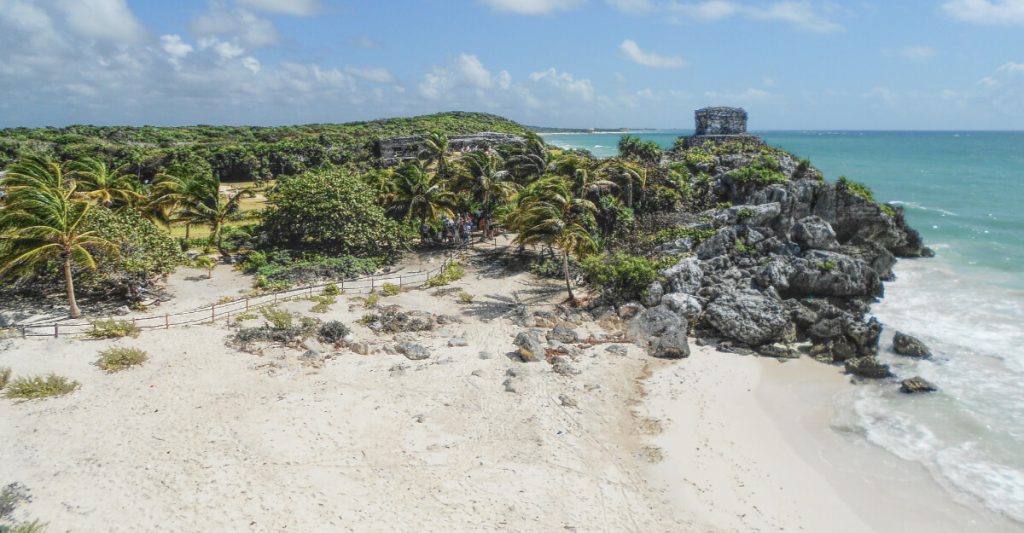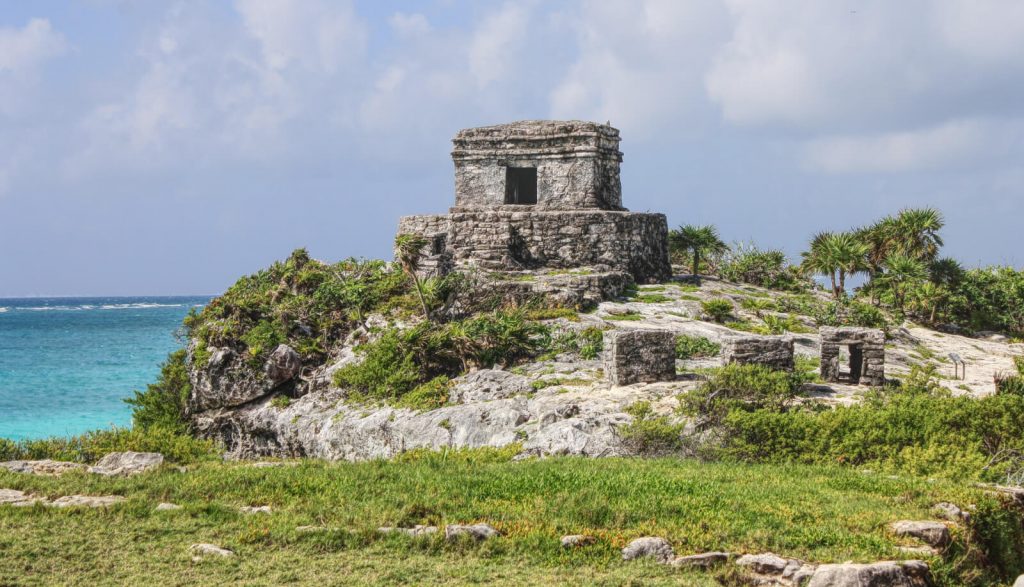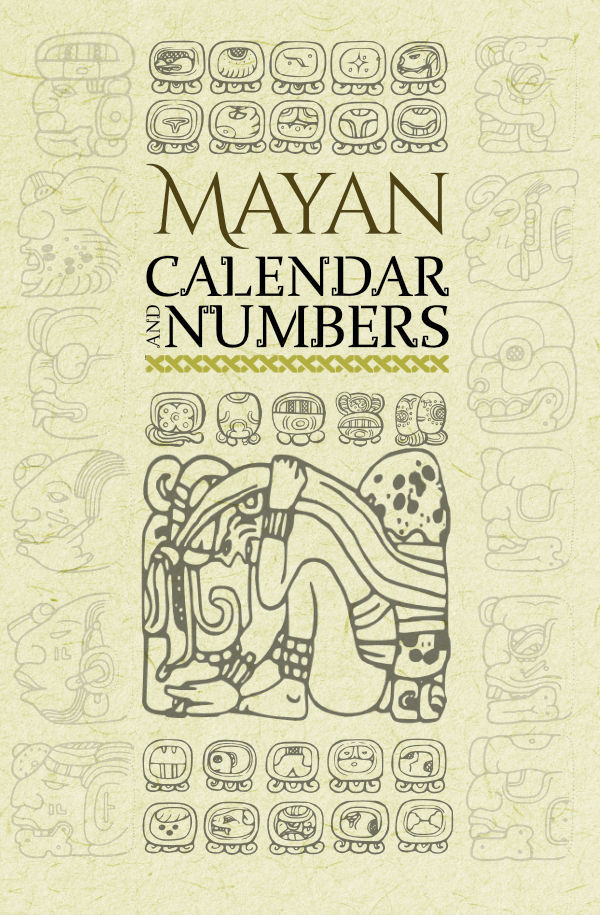Tulum is one of the most visited Archeological Sites in México and the most visited Mayan Archeological Site in the Cancún-Riviera Maya area, it’s located in a beautiful and calm town also called Tulum where you can find mostly eco-focused restaurants and hotels.
Its original name given by the Mayans was Zamá which means “sunrise” in the Mayan language. Tulum in Mayan means “wall” and was given because it’s one of the very few Mayan walled cities.
Although inscriptions dating from the 6th century have been found, most of the constructions were built around the year 1200, at which time Tulum reached its peak. During this period, the commercial activities of the inhabitants of the site extended to distant points, as evidenced by the finding of small stone objects and ceramic objects from all over the Yucatan peninsula, and obsidian and jade from Guatemala.
Tulum and its beach

The greatest attraction of Tulum is the combination of the imposing ruins with the amazing tonalities of the Caribbean Sea.
This amazing Mayan city is small but impressive, located above a small cliff 15m above sea level limited by the blue-turquoise waters of the Caribbean Sea. The ruins of Tulum have one of the most beautiful beaches of the Riviera Maya.
Keep in mind you can access the beach when you visit Tulum, so make sure you bring your swimsuit.
Tulum’s East Coast style Architecture
Tulum is the best and most well-known example of the East Coast style, a name that designates the architectural type of Mayan buildings built on the north coast of Quintana Roo between the years 1200 and 1520. Being on the highest elevation of the region and for its efficient defensive system, this site was an unavoidable settlement for any commercial route and for the exploitation of the rich marine resources of the coast of Quintana Roo.
Introduction to Tulum Archeological Site

In the Archaeological Site of the Tulum, we can find a ceremonial enclosure surrounded by a perimeter wall of five meters thick and five narrow doors that close the three flanks of terrestrial access. Inside, behind the Casa del Chultún is the House of Columns or Grand Palace, located opposite the House of Halach Uinic or Great Lord, which retains a large number of carvings and paintings.
On one side is the Temple of the Frescoes that was used as an observatory to follow the movement of the Sun. A large platform gives access to the best-known structure of the city: El Castillo, which in addition to its ceremonial functions worked as a beacon guiding the ships to avoid crashing against the coral reef near the coast. This building has a wide external staircase that leads to the Temple of the Initial Series, that seems to be related to the setting sun.
On the other side of the Caribbean beach on top of a large cliff is the Temple of the Wind, and very close to it there is a Sacbé or path that leads to the Cenote that provided drinking water to the city and that led to the House of the Cenote.
In addition to all these buildings, there is a wooden staircase built next to the cliff that allows interested travelers to access the beach to swim in the beautiful beach near the city, this being another important attraction to visit.


















